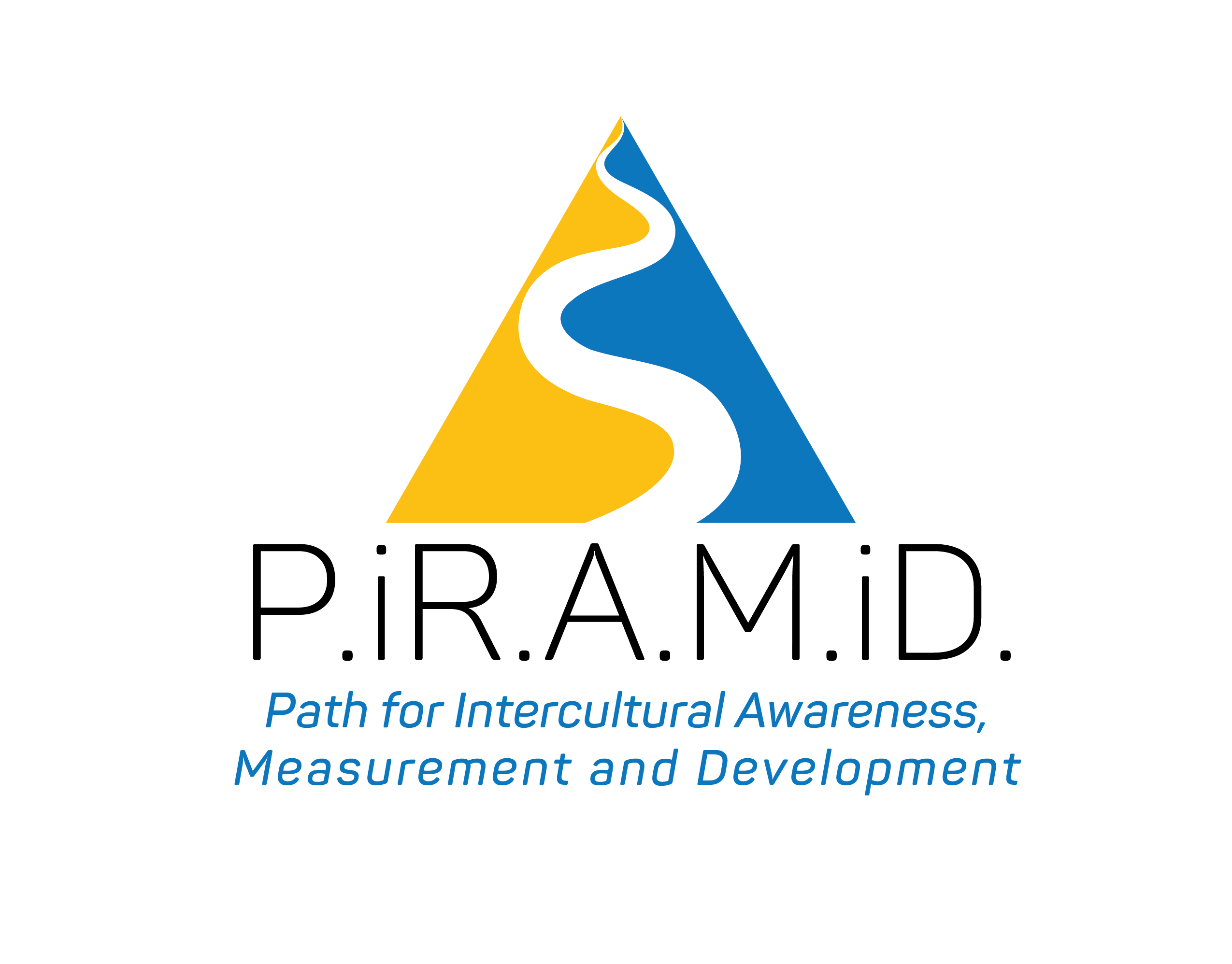This website use cookies to ensure you get the best experience on our website

P.IR.A.M.iD
2023-1-ES01-KA220-VET-000157060
Beyond Cultural Essentialism: New Perspectives for Understanding Culture
23 September 2025

When we talk about culture, it is easy to fall into the trap of cultural essentialism, the idea that people are rigidly determined by the culture they belong to. In this view, culture is seen as a fixed block that absolutely defines how we think and act. In reality, culture influences us but does not determine us: our identity is always complex, dynamic, and intertwined with multiple personal and social factors.
To move beyond essentialism, several scholars have proposed concepts that encourage a more flexible view of culture.
The first is the concept of small cultures, introduced by Adrian Holliday in 1999. Instead of focusing only on large national cultures, which risk becoming reductive labels, Holliday invites us to observe smaller, everyday cultures. A small culture can be a school class, a sports team, a group of friends, or even a company. Each of us belongs simultaneously to multiple small cultures, which overlap and evolve over time. This approach encourages us to focus on real relationships and values within actual groups, rather than abstract generalizations like “Italians” or “French.”
A second fundamental concept is cultural hybridity, proposed by Homi Bhabha in 2011. The idea is that our identity is never fixed but fluid: when we move across different cultural contexts, we can adopt new perspectives and mix elements from different cultures. Hybrid identities are not a contradiction but a resource, allowing individuals to creatively shape themselves by choosing how to combine the various cultural influences they experience.
Finally, Fred Dervin in 2016 introduced the idea of liquid interculturality, which warns against reducing culture to overly simplistic explanations. According to Dervin, the ideal approach is neither culturalist nor essentialist, meaning we should avoid attributing people’s behavior solely to their culture. However, the real world is complex, and sometimes we need to simplify in order to talk about culture. This leads to a distinction between “ideal liquid interculturality,” which aims to completely overcome stereotypes, and “realistic liquid interculturality,” which seeks a balance between the ideal and the practical necessity of communicating clearly.
These three perspectives — small cultures, cultural hybridity, and liquid interculturality — remind us that culture is not a fixed destiny, but a dynamic process that changes over time and space. They help us move the focus from rigid labels to real individuals, with their histories, intersections, and potential for transformation. In this sense, moving beyond cultural essentialism does not mean denying the importance of culture, but learning to see it as a set of plural and fluid resources that can enrich cooperation and dialogue in multicultural contexts.

This project has been funded with support from the European Commission.
This publication reflects the views only of the authors, and the Commission cannot be held responsible for any use which may be made of the information contained therein.
